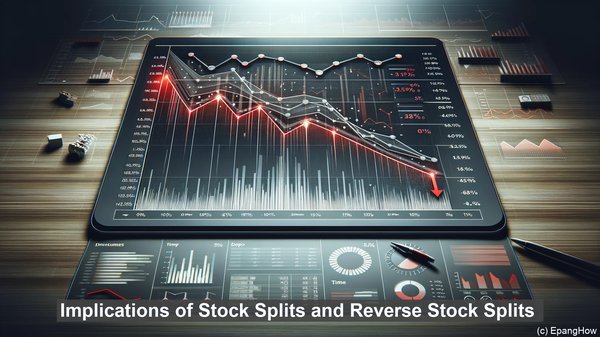Introduction: The Fascinating World of Stock Market
Hello, and welcome to another insightful article on the stock market. Today, we’ll be diving deep into the intriguing concepts of stock splits and reverse stock splits. These events often make headlines and can significantly impact a company’s stock. So, let’s get started!
Stock Splits: Doubling the Shares, Halving the Price
A stock split is a corporate action where a company divides its existing shares into multiple shares. The most common ratio is 2:1, meaning for every share you own, you’ll receive two. The primary objective of a stock split is to reduce the share price, making it more affordable for retail investors. However, the total market capitalization remains unchanged. For instance, if you had 100 shares priced at $100 each before a 2:1 split, you’d end up with 200 shares priced at $50 each. The overall value of your investment remains the same.

Reverse Stock Splits: Consolidating Shares, Increasing Value
On the other hand, a reverse stock split is the opposite of a regular stock split. Here, a company reduces the number of outstanding shares by a specific ratio, often 1:10 or 1:5. The result is a higher share price. Reverse stock splits are usually employed by companies with low stock prices, aiming to increase their perceived value. For example, if you had 100 shares priced at $1 each before a 1:10 reverse split, you’d end up with 10 shares priced at $10 each. Again, the total market capitalization remains the same.

Implications of Stock Splits and Reverse Stock Splits
Both stock splits and reverse stock splits have their implications. Stock splits often generate increased trading activity and liquidity, as more investors can afford the shares. They can also attract new investors who were previously deterred by a high share price. On the other hand, reverse stock splits are often seen as a sign of financial distress. While they can increase the share price, they may not necessarily enhance the company’s underlying value. Additionally, reverse stock splits can sometimes lead to decreased liquidity and trading volume.
